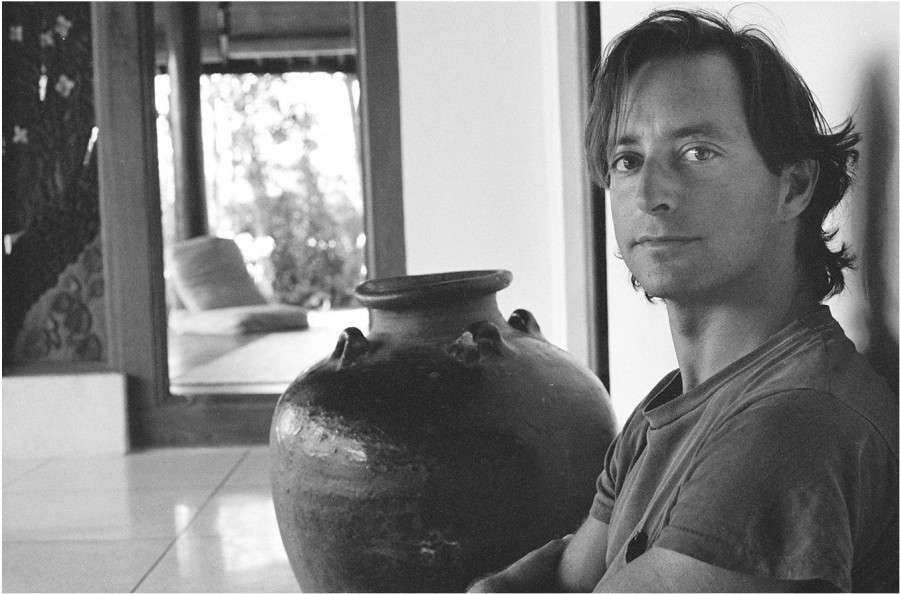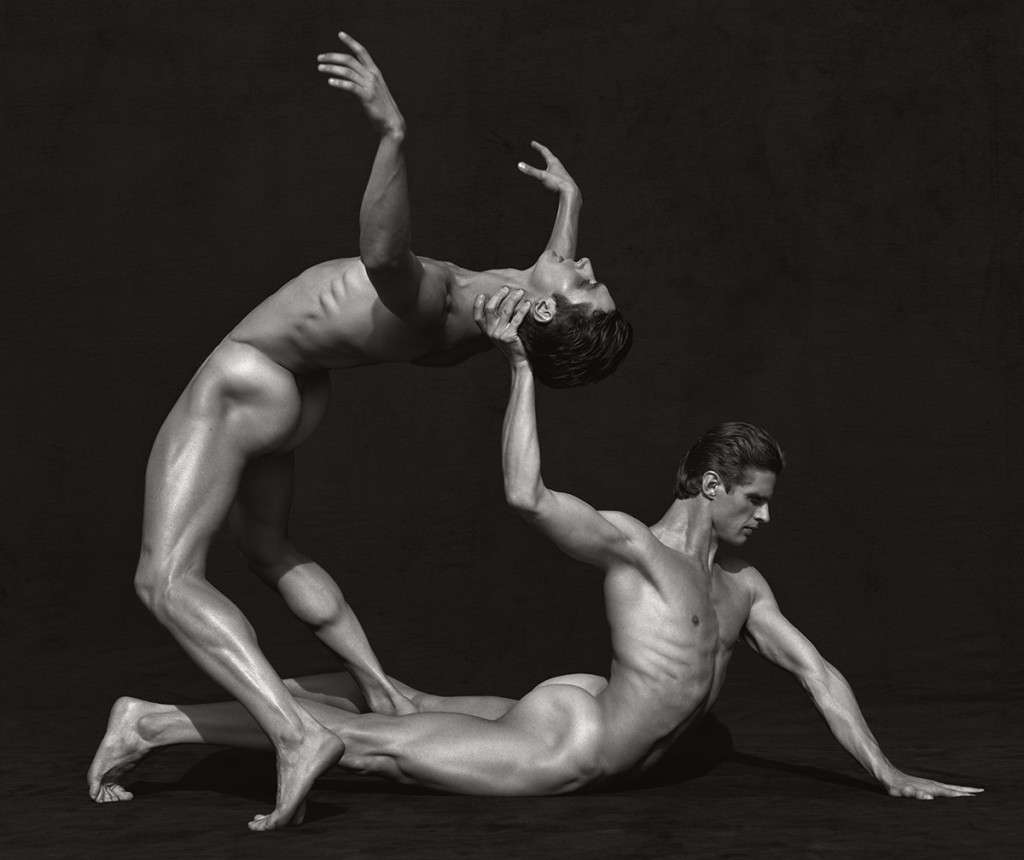Eric Heo
Professor Klein
ART 4900
July 26, 2016
Paul Outerbridge
Born on August 15, 1896, Paul Outerbridge was an American photographer who was well known for his early use of color photography. In 1922, Outerbridge’s work began being published in Vanity Fair and Vogue magazines, jumpstarting his career as a photographer. After working for the French Vogue magazine for a couple of years, Outerbridge returned to New York City in 1929. Having photographed mostly in color and nudes, he was way ahead of his time in technicality and conceptually.
Some of Outerbridge’s works that involved both color and nudity are The Shower and Woman with Claws. The Shower is a photograph of a naked woman behind a clear shower curtain, both covering and revealing the subject’s body simultaneously. With a higher exposure on the upper right corner of the photograph, the subject’s face and upper body is more visible than her lower body. The baby blue hue of the shower wall gives the photograph a playful tone; however, the nudity of the subject juxtaposes the playfulness with a charismatic tone. In a sense, the technicality of the photo is mirrored by the tone of the photo. The slight blur mirrors the playful tone given by the blue color, suggesting a hint of innocence, while the blurred but obvious nudity shines.
Woman with Claws is another one of Outerbridge’s photographs taken of a nude woman in color. Unlike The Shower, this one is not blurred and reveals the upper body of the subject in detail. In this photo, the model is photographed nude, wearing a pair of sharp-tipped gloves pressing against her breast and stomach. Part of her legs and face are cropped from the photo, while her breast and stomach are covered by the gloves. The tone of the photo is gloomy because the background wall is a deep blue with a shadow outlining the subject. When looking at the photo, you also get a sense of satire due to the pointed gloves covering a breast and part of her stomach while exposing an area where she lacks pubic hair. Outerbridge reveals explicit parts of the body while covering parts that are not as explicit. From this photo, it is as if Outerbridge wishes to reveal nudity to the audience, but at the same time is shy of what the viewers might say.
Overall as an artist, Paul Outerbridge was very ahead of his time period and his photographs show this as he produced vivid color nude photos that were not up to par with the standards during his time. His two works of art, The Shower and Woman with Claws are very interesting photographs due to the juxtaposition of tones and considering his early approach on a more contemporary style that was frowned upon.














